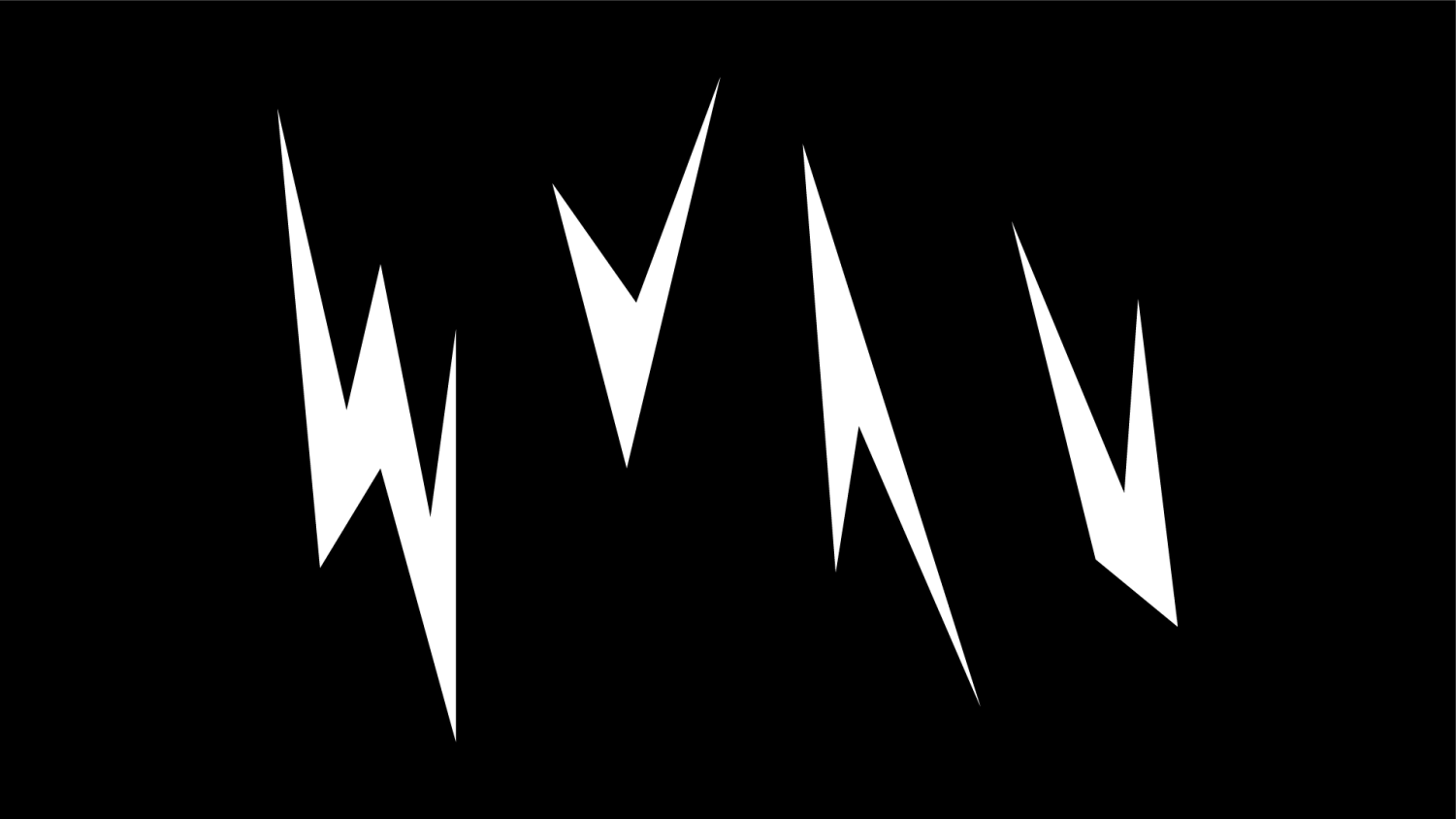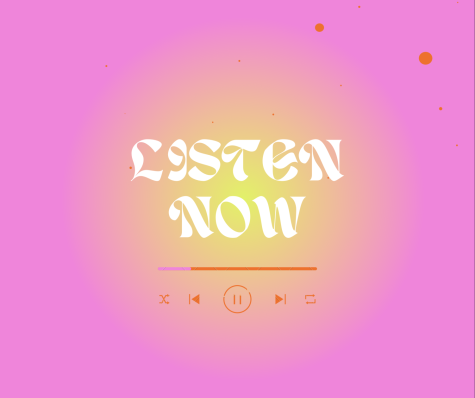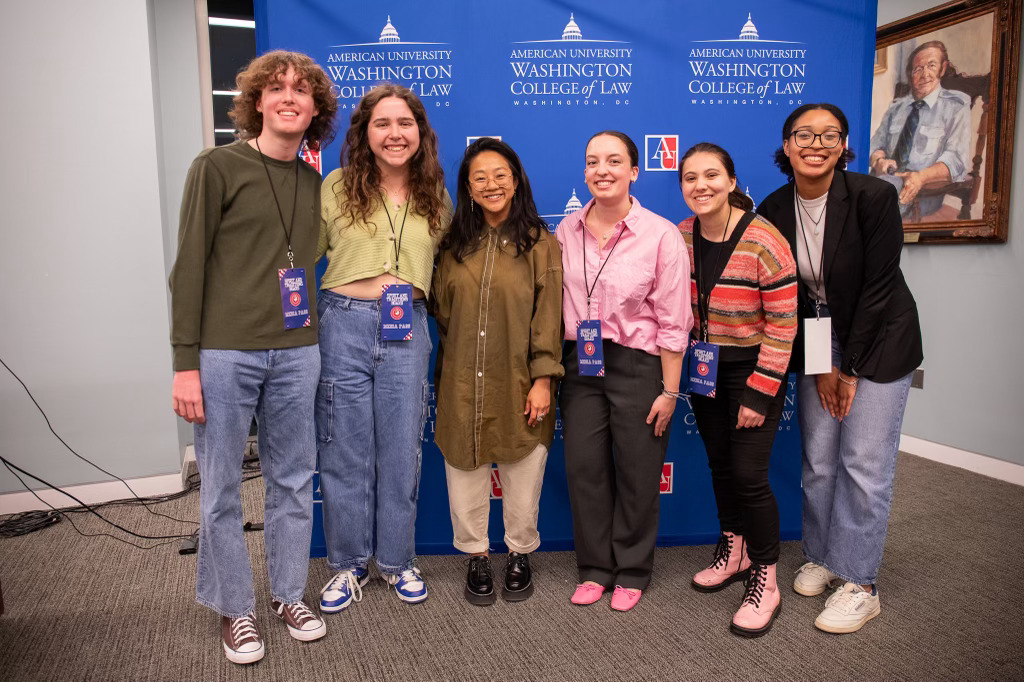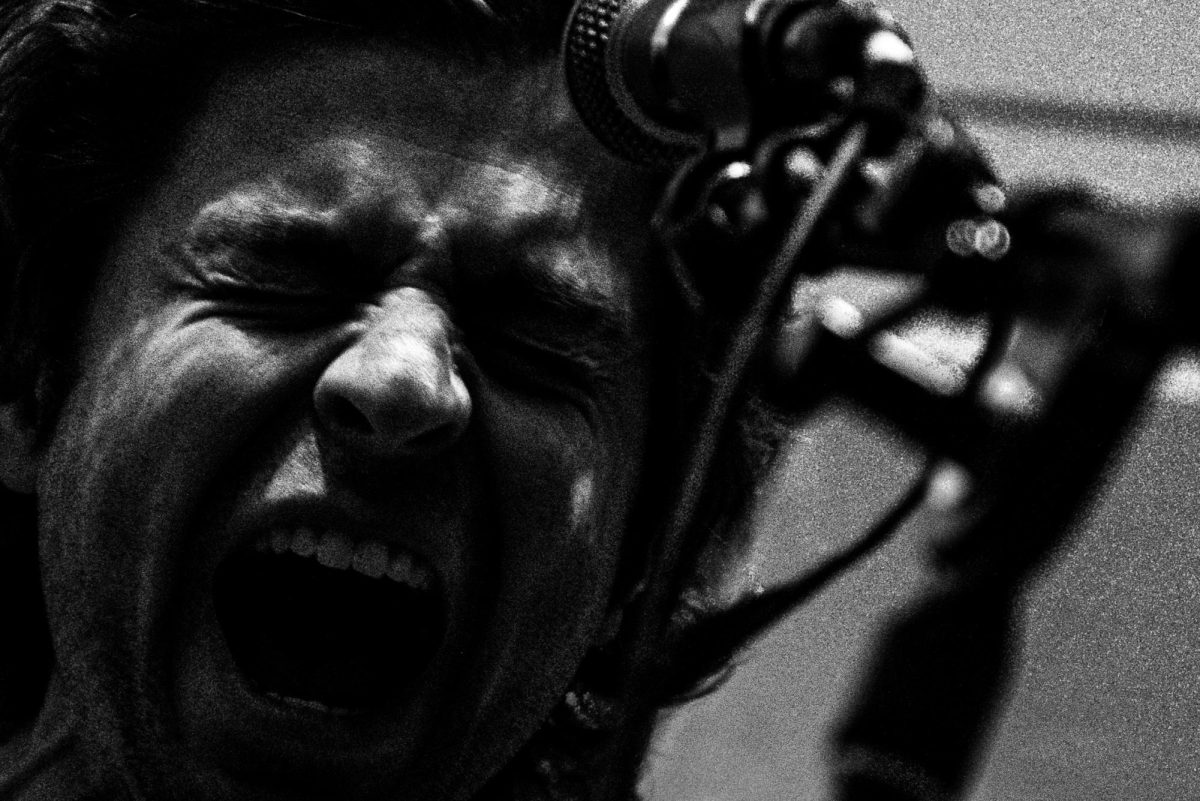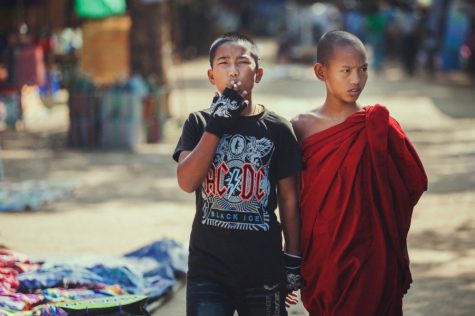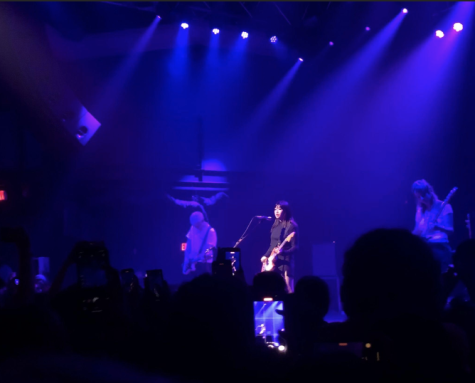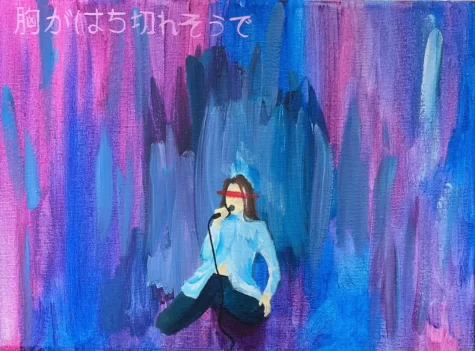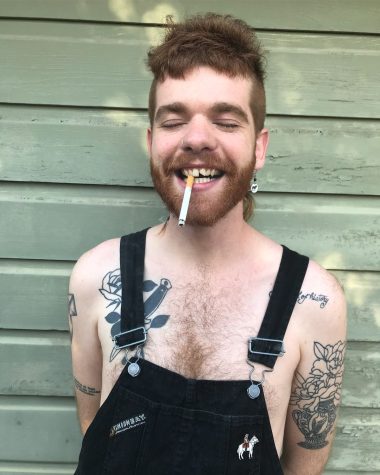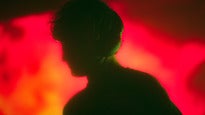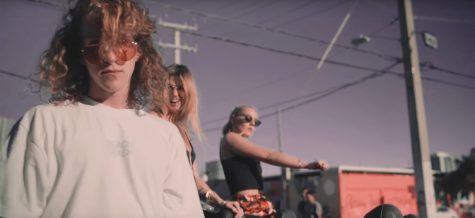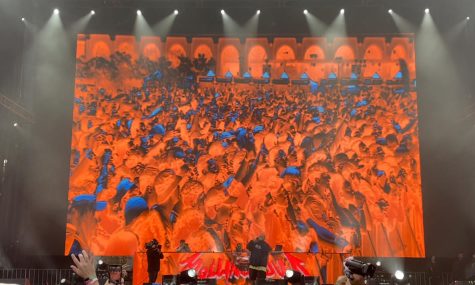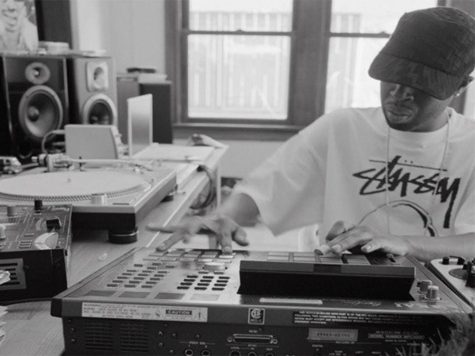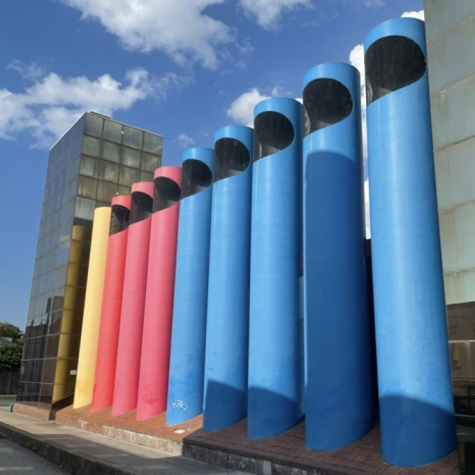Do The Reggay: Toots and the Maytals
March 15, 2011
At the heart of folk music lies the tradition of oral history. Folk singers express the hardships and sorrows common to every age ÛÒ war, hunger, civil rights ÛÒ through music crafted to be handed down to the next generation. Young musicians, ready to contribute to folk’s age-old traditions, learn and re-interpret folk songs until the time comes for the next wave of kids to wrap their heads around their forefather’s protest songs. The dialogue of the times inevitably shifts, but the original spirit of the songs remain, a stabilizing force that reminds us that while war will always be waged, peace will follow in its footsteps, every time.
Reggae is the folk music of Jamaica, a similar working-class movement with the same themes of unrest and rebellion. The genre’s dreadlocked idols are Bob Marley and Peter Tosh, but a conversation about reggae isn’t complete without discussing the baldheaded Toots Hibbert and his band the Maytals. The group shaped the nature of reggae music, helping to bridge the gap between the ska/rocksteady sounds of the early 60s and the more fully developed reggae of the late 60s/early 70s. Besides, the band literally invented the word “reggae” ÛÒ their song “Do The Reggay” is the first documented use of the term.
At a time when many Jamaican artists were imitating cadences of American singers, Toots Hibbert sang with a heavy accent in a voice remarkably similar to that of Otis Redding, most often flanked by his band’s three-part harmony. The spirit and joy that radiates from the Maytals’ songs is palpable, and digging deeper into the group’s expanse of older recordings uncovers countless hidden gems, full of wordless choruses and love anthems and melodies that you won’t believe have stayed hidden for so long.
To be sure, the group is one of the most respected in the history of reggae, but never reached the same level of adulation in the United States as Tosh or Marley, despite their impressive discography and wild success in Jamaica. However, their songs remain oft-covered classics, resurrected in Britain’s ska revival by the Clash (“Pressure DropÛ) and The Specials (“Monkey ManÛ), and bastardized more recently by Sublime. The song they sucked the soul from was “54-46 (That’s My Number),” a song about Toots’s incarceration for a drug-related crime.
At a time where reggae is shrugged off as the soundtrack to bros smoking weed, and inextricably linked to college stoners wearing hemp and adopting Rastafarianism as a convenient justification for their teenaged apathy, it’s easy to forget that Toots and the Maytals are participants in a rich tradition of oral history. It’s fitting that my father was the person who introduced me to Toots and the Maytals-he didn’t just play me his records, but instead sat down and explained how much Toots’s music and reggae as a genre meant to him as a teenager growing up in the 70s. For him, listening to it wasn’t (just) about getting high while listening to reggae for a lark, but about the themes of love and strife and being jerked around by the police that spoke to him.
Toots and the Maytals may have given Jamaican folk music its name, but the group’s expansive legacy deserves much more than a note on the “reggae” Wikipedia page. The lasting power of Toots’ music will endure as long as his made-up word does. Desmond Dekker may have introduced reggae to the masses and the genre made immortal by Bob Marley, but the music of Toots and the Maytals serves as an essential stepping stone, ensuring that reggae’s stories are passed down to our generation.
Three decades ago, my dad went out, bought a few Toots and the Maytals records, and they changed his life. He didn’t know he would later pass them on to his daughter, but that’s how oral history works ÛÒ the transcendent stories of the songs speak for themselves.
